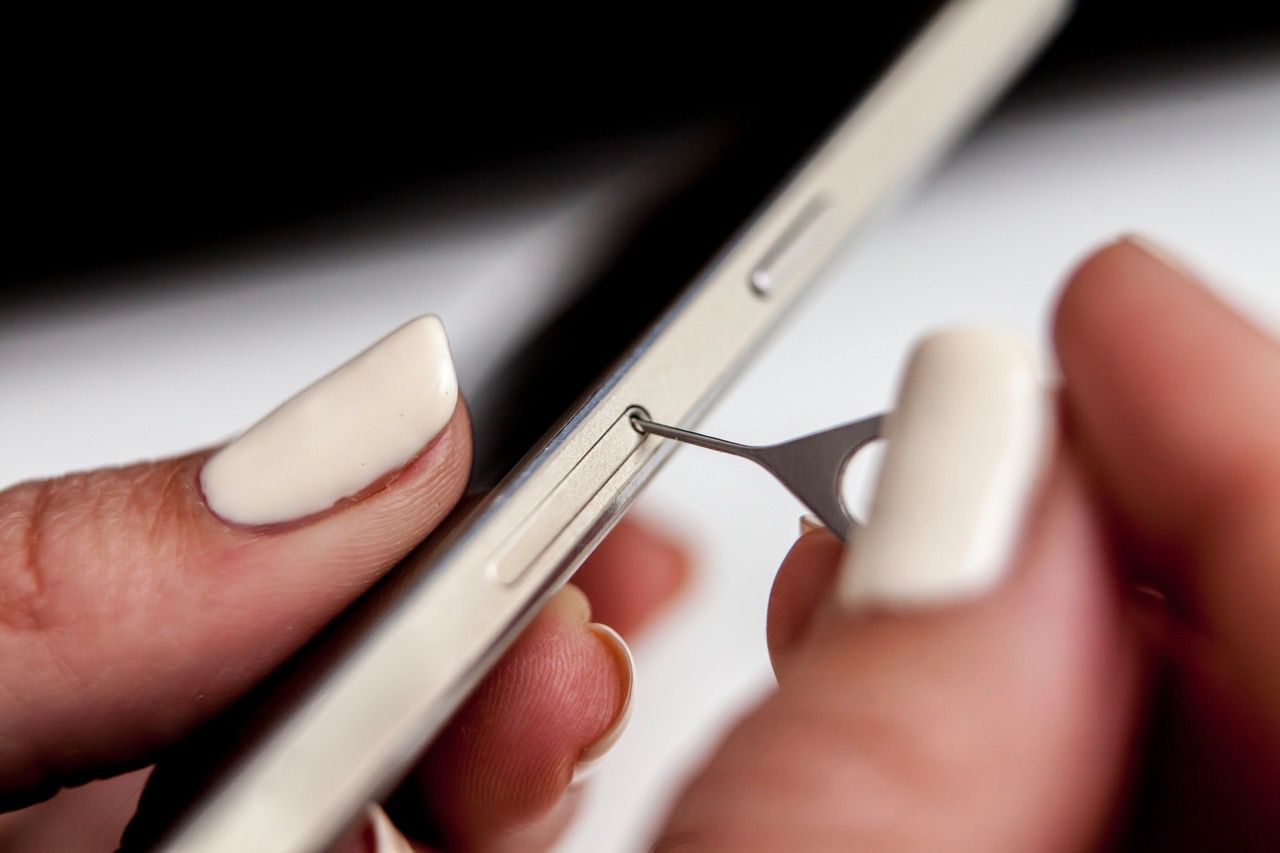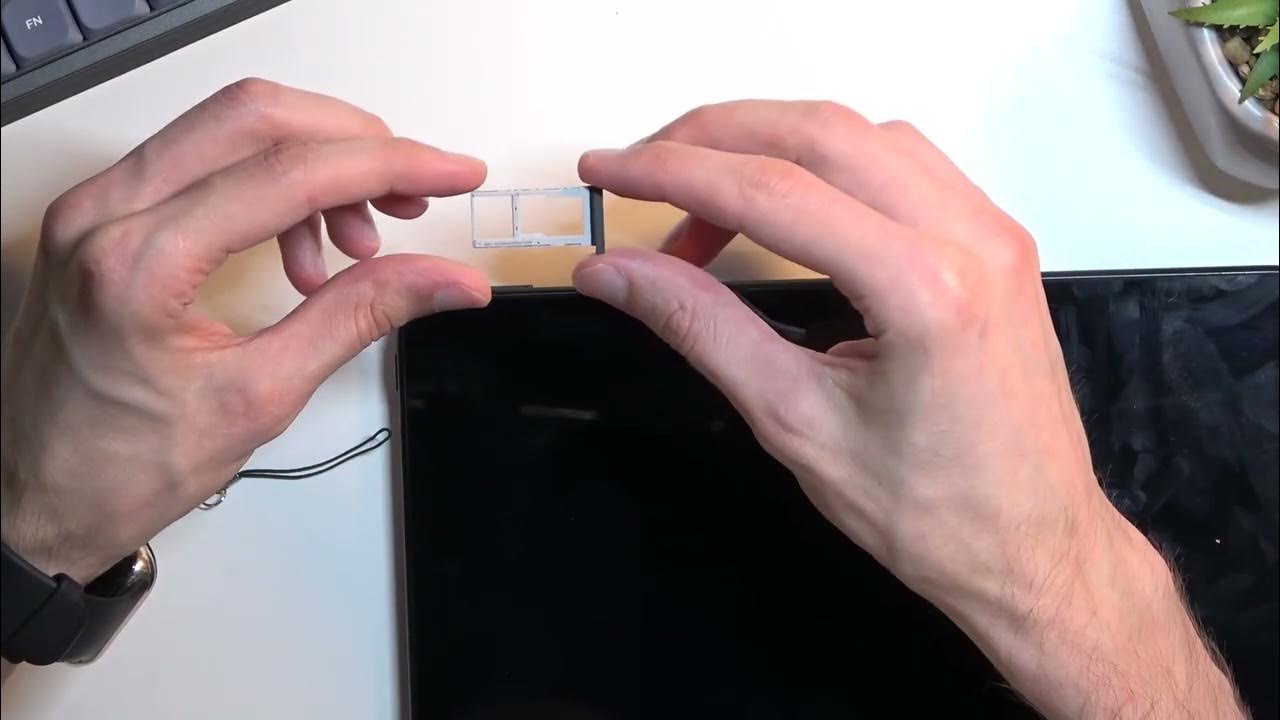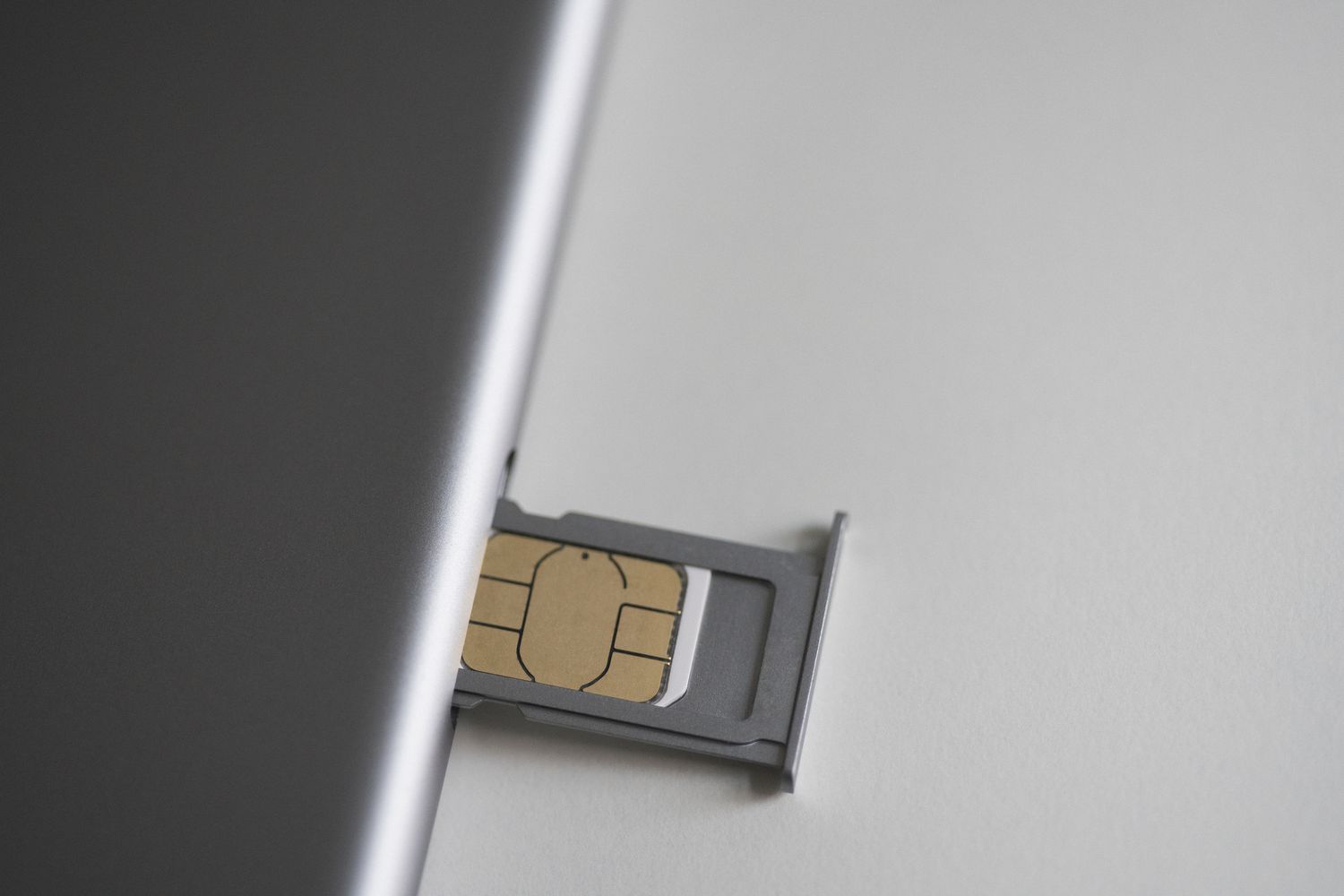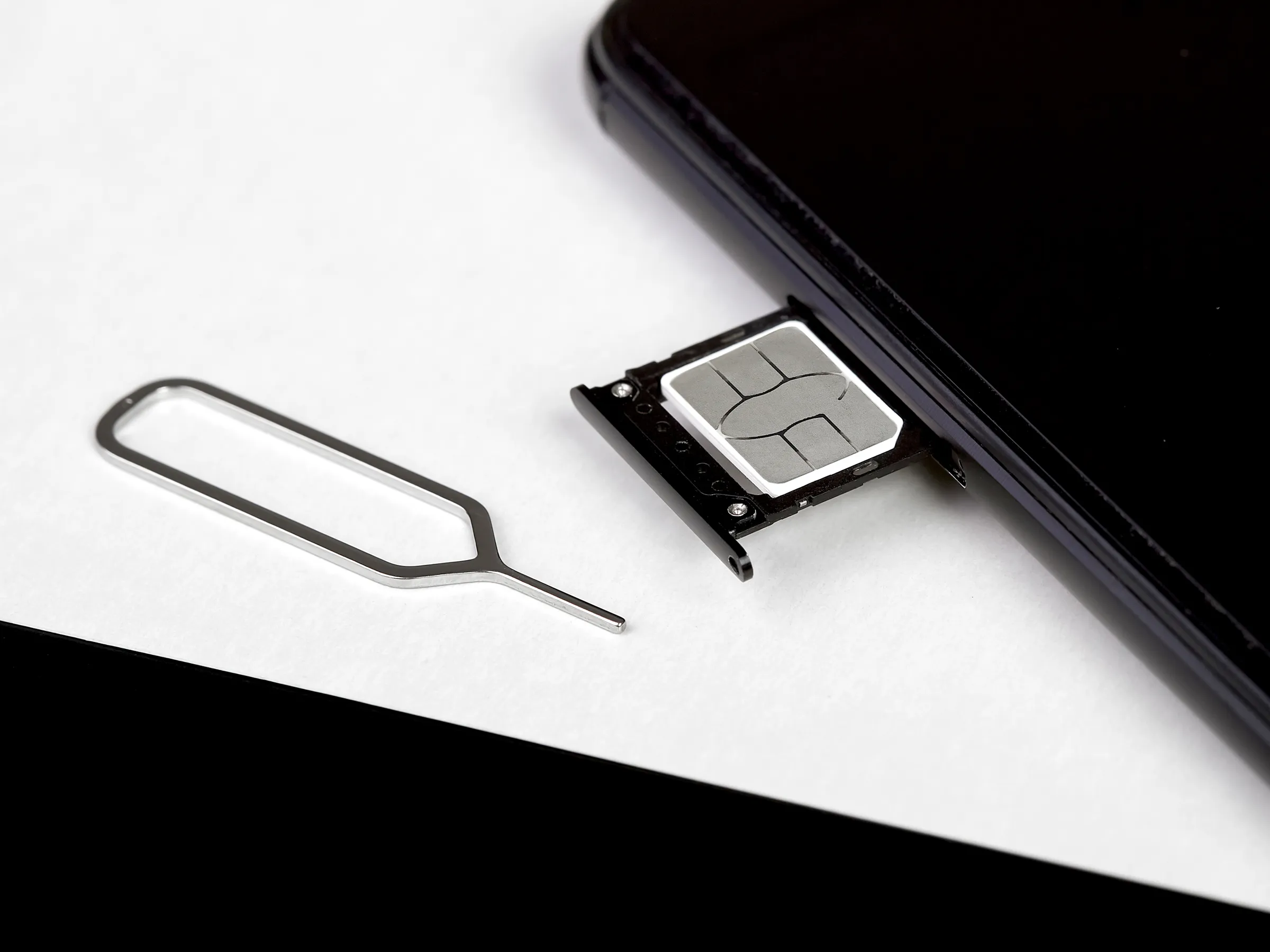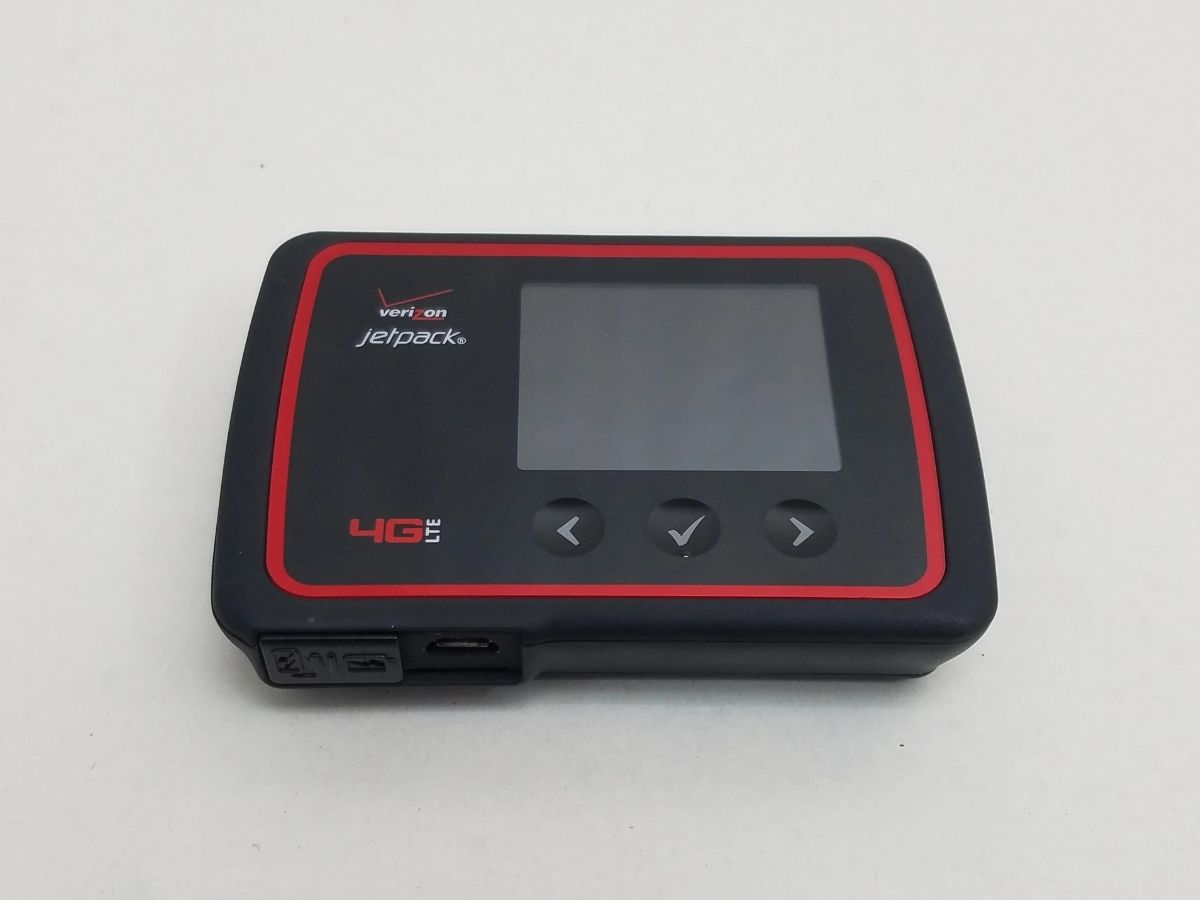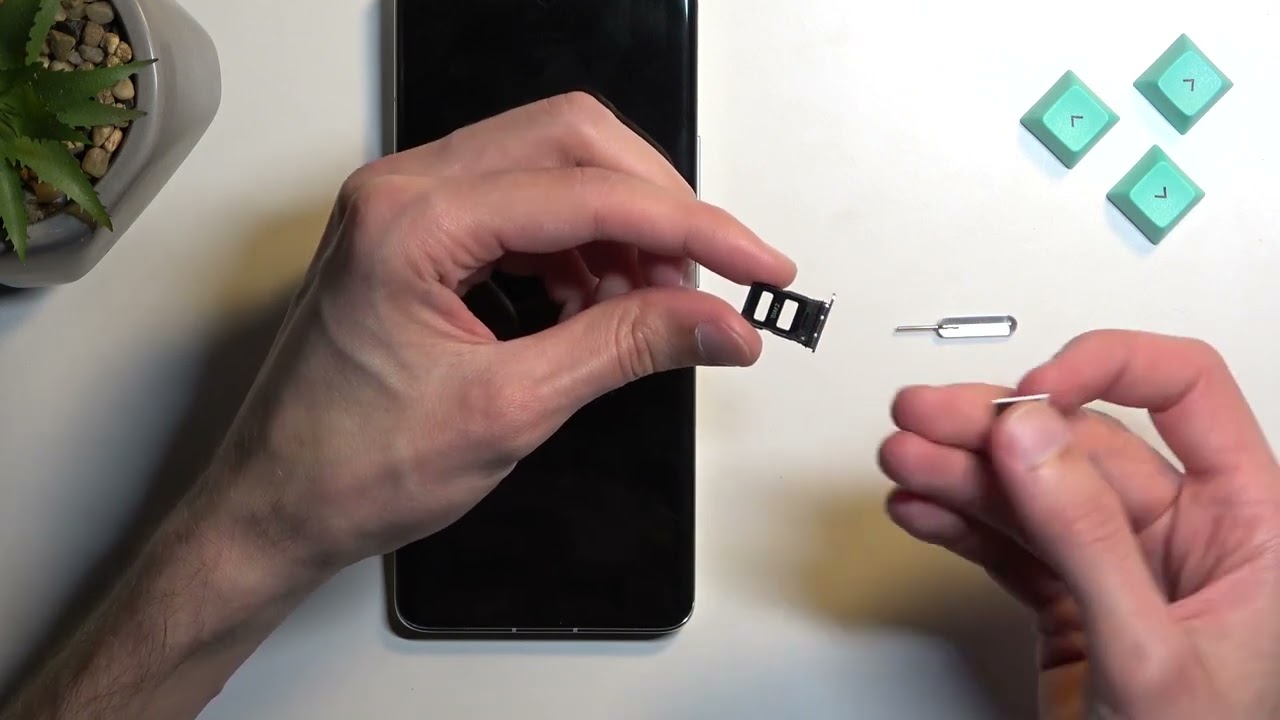Introduction
Opening the SIM card slot on your mobile device may seem like a daunting task, especially if you're new to the world of smartphones and tablets. However, with the right guidance and a few simple steps, you can easily access the SIM card slot without any hassle. Whether you need to insert a new SIM card or replace the existing one, this step-by-step guide will walk you through the process, ensuring that you can complete the task with confidence.
The SIM card slot is a crucial component of your mobile device, as it houses the SIM card that enables you to connect to your cellular network and access voice, messaging, and data services. Therefore, understanding how to access and manipulate this slot is essential for any mobile device user. By following the instructions provided in this guide, you will gain the knowledge and skills needed to open the SIM card slot on your device without encountering any difficulties.
So, grab your mobile device and let's dive into the process of opening the SIM card slot. Whether you're a seasoned tech enthusiast or a newcomer to the world of mobile devices, this guide is designed to be user-friendly and accessible to all. With a few simple tools and a bit of patience, you'll be well on your way to mastering this essential aspect of mobile device management.
Step 1: Gather necessary tools
Before embarking on the task of opening the SIM card slot on your mobile device, it's essential to gather the necessary tools to ensure a smooth and successful process. The following items are required for this task:
-
SIM Eject Tool or Paperclip: Most mobile devices come with a SIM eject tool, a small metal pin specifically designed for ejecting the SIM card tray. If you don't have the original SIM eject tool, a paperclip can serve as an alternative. Ensure that the paperclip is straightened out to effectively fit into the SIM card slot.
-
Mobile Device: Of course, you'll need the mobile device for which you intend to open the SIM card slot. Whether it's a smartphone or tablet, make sure it's powered on and accessible throughout the process.
-
Good Lighting: Adequate lighting is crucial for effectively locating the SIM card slot, especially if you're unfamiliar with its precise location on your device. Natural light or a well-lit room can greatly assist in this regard.
-
Stable Surface: To prevent any mishaps or accidental damage to your device, it's advisable to work on a stable and flat surface. This will ensure that your device remains secure while you manipulate the SIM card slot.
By ensuring that these tools are readily available, you can proceed with confidence to the next step of opening the SIM card slot on your mobile device. With these essentials at hand, you're well-prepared to navigate the process smoothly and efficiently.
Step 2: Locate the SIM card slot
Locating the SIM card slot on your mobile device is the crucial first step in the process of opening it. The SIM card slot is where the SIM card is inserted to enable your device to connect to the cellular network. While the exact location of the SIM card slot may vary depending on the make and model of your device, there are a few common placements to look out for.
On most smartphones, the SIM card slot is typically found on the side of the device. It may be located on the upper or lower edge, and is often accompanied by a small pinhole adjacent to it. Some devices, particularly older models, may have the SIM card slot positioned beneath the back cover, requiring you to remove the cover to access it. Tablets and certain smartphones may have the SIM card slot on the top edge or hidden behind a small panel.
To locate the SIM card slot on your specific device, it's advisable to consult the user manual or visit the manufacturer's website for detailed instructions. Alternatively, a quick online search using your device model as the keyword can often yield helpful visual guides and tutorials.
Once you have identified the general area where the SIM card slot is located, take a close look at the edges and panels of your device. The slot is typically accompanied by a small icon or label indicating its purpose. On some devices, the SIM card slot may be integrated with the memory card slot, so it's essential to differentiate between the two.
It's important to approach this step with patience and attention to detail, especially if you're unfamiliar with the specific layout of your device. By carefully examining the exterior of your device and referencing available resources, you can confidently pinpoint the location of the SIM card slot.
Successfully locating the SIM card slot sets the stage for the subsequent steps in the process, allowing you to proceed with precision and confidence. With this crucial initial task accomplished, you're now ready to move on to the next steps of opening the SIM card slot on your mobile device.
Step 3: Use the SIM eject tool or paperclip
Once you have located the SIM card slot on your mobile device, the next step involves using the SIM eject tool or a paperclip to access the SIM card tray. The SIM eject tool is a small, pointed metal pin that is specifically designed for this purpose. If you don't have the original SIM eject tool that came with your device, a straightened paperclip can serve as a suitable alternative.
To begin, take hold of the SIM eject tool or straightened paperclip, ensuring that it is positioned comfortably in your hand. If you are using a paperclip, make sure it is straightened out to effectively fit into the pinhole next to the SIM card slot. The pinhole is a small, recessed opening located adjacent to the SIM card slot, and it is designed to accommodate the SIM eject tool or paperclip for the purpose of ejecting the SIM card tray.
With the tool in hand, position yourself in a well-lit area, ideally with natural light, to clearly see the components of the SIM card slot. It's important to have a steady hand and a clear view of the slot and pinhole to ensure precise manipulation.
Carefully examine the SIM card slot and locate the small pinhole adjacent to it. This pinhole is where you will insert the SIM eject tool or paperclip to initiate the ejection process. Gently but firmly, insert the pointed end of the tool into the pinhole, applying a slight amount of pressure. You should feel a subtle resistance as the tool makes contact with the internal mechanism that releases the SIM card tray.
It's important to exercise caution and avoid using excessive force, as this can potentially damage the internal components of the device. A gentle and steady approach is key to successfully engaging the ejection mechanism without causing any harm to your device.
By following these steps, you can effectively utilize the SIM eject tool or paperclip to initiate the ejection process and gain access to the SIM card tray. This sets the stage for the subsequent steps of removing and replacing the SIM card, allowing you to seamlessly manage this essential aspect of your mobile device.
With the SIM eject tool or paperclip successfully inserted into the pinhole, you are now ready to proceed to the next step of gently pushing the tool to release the SIM card tray.
Step 4: Insert the tool into the pinhole
With the SIM eject tool or paperclip positioned in the pinhole adjacent to the SIM card slot, it's time to initiate the ejection process. As you gently insert the tool into the pinhole, you may feel a slight resistance, indicating that the tool is engaging with the internal mechanism responsible for releasing the SIM card tray. It's crucial to approach this step with patience and precision, ensuring that you apply gentle pressure to avoid any potential damage to the device.
As the tool makes contact with the internal mechanism, you may notice a subtle give, indicating that the ejection process has been initiated. It's important to maintain a steady hand and a firm but gentle touch throughout this step, as excessive force can lead to unintended consequences. By exercising caution and attentiveness, you can effectively navigate this critical stage of the process without encountering any complications.
As you insert the tool into the pinhole, it's advisable to maintain a clear line of sight to the SIM card slot and surrounding components. Adequate lighting and a stable working surface are essential for ensuring that you have full visibility and control over the ejection process. By positioning yourself in a well-lit environment and maintaining a steady hand, you can confidently maneuver the tool into the pinhole, setting the stage for the successful release of the SIM card tray.
It's important to note that the ejection process may vary slightly depending on the make and model of your device. Some devices may require a slightly longer duration of pressure on the tool, while others may release the SIM card tray with a single, gentle push. By remaining attentive to the feedback from the tool and the device, you can adapt your approach accordingly, ensuring that the ejection process unfolds smoothly and seamlessly.
As you complete this step, you are now prepared to move on to the subsequent stage of gently pushing the tool to release the SIM card tray, setting the stage for the final steps of removing and replacing the SIM card. With the tool effectively inserted into the pinhole, you have successfully initiated the ejection process, bringing you one step closer to managing the SIM card slot on your mobile device with confidence and precision.
Step 5: Gently push the tool into the pinhole
As you navigate the process of opening the SIM card slot on your mobile device, the next crucial step involves gently pushing the tool into the pinhole to release the SIM card tray. This step requires a delicate touch and a keen sense of awareness to ensure that the ejection process unfolds smoothly and seamlessly.
With the SIM eject tool or paperclip inserted into the pinhole adjacent to the SIM card slot, it's time to apply gentle pressure to prompt the release of the SIM card tray. As you push the tool into the pinhole, it's essential to maintain a steady hand and a controlled approach, ensuring that you exert just enough force to engage the internal mechanism without risking any damage to the device.
The sensation of the tool making contact with the internal mechanism may vary depending on the make and model of your device. Some devices may require a subtle but sustained push to initiate the ejection process, while others may respond with a quick and effortless release of the SIM card tray. By remaining attentive to the feedback from the tool and the device, you can adapt your approach to suit the specific requirements of your device, ensuring a successful outcome.
Throughout this step, it's crucial to have a clear line of sight to the SIM card slot and the surrounding components. Adequate lighting and a stable working surface are essential for maintaining visibility and control as you gently push the tool into the pinhole. By positioning yourself in a well-lit environment and exercising patience, you can confidently guide the tool through this critical stage of the process, setting the stage for seamless management of the SIM card slot.
As the tool engages with the internal mechanism and prompts the release of the SIM card tray, it's important to remain focused and attentive, ensuring that the ejection process unfolds without any hitches. By exercising precision and control, you can navigate this step with confidence, bringing you one step closer to accessing and managing the SIM card on your mobile device.
With the tool effectively pushed into the pinhole and the SIM card tray released, you are now prepared to proceed to the subsequent steps of removing and replacing the SIM card, enabling you to seamlessly manage this essential aspect of your mobile device.
Step 6: Remove the SIM card tray
With the SIM card tray released following the successful ejection process, the next crucial step is to carefully remove the tray from your mobile device. This step requires a delicate touch and a keen sense of awareness to ensure that the SIM card and tray are handled with care throughout the process.
Begin by gently pulling the SIM card tray out of the device, using the exposed edge or designated tab for guidance. It's important to exercise caution and avoid applying excessive force, as the tray should slide out smoothly without any resistance. By maintaining a steady hand and a controlled approach, you can ensure that the tray is extracted without causing any damage to the device or the SIM card.
As you remove the SIM card tray, it's essential to maintain a clear line of sight and a stable working surface to prevent any accidental mishaps. Adequate lighting and a stable environment are crucial for facilitating a seamless extraction process, allowing you to maintain full visibility and control as you handle the tray.
Once the SIM card tray is fully extracted, take a moment to inspect the tray and the SIM card. Ensure that the SIM card is securely seated within the tray and that it remains undamaged. If you are replacing the SIM card, carefully remove the existing card from the tray and proceed to insert the new card as per the manufacturer's instructions.
By successfully removing the SIM card tray, you have now completed a critical stage of the process, bringing you one step closer to managing the SIM card slot on your mobile device with confidence and precision. With the tray in hand, you are now prepared to proceed to the subsequent steps of inserting or replacing the SIM card, enabling you to seamlessly manage this essential aspect of your mobile device.
This step marks a pivotal moment in the process of accessing and manipulating the SIM card slot, allowing you to handle the tray and SIM card with the utmost care and attention to detail. By navigating this step with precision and control, you are well-positioned to proceed with confidence, ensuring a successful outcome as you manage this crucial component of your mobile device.
Step 7: Insert or replace the SIM card
As you hold the SIM card tray in your hand, the next crucial step is to insert a new SIM card or replace the existing one. Whether you are activating a new SIM card or replacing an old one, this step requires attention to detail and a methodical approach to ensure a seamless transition.
If you are inserting a new SIM card, carefully align the card with the designated area on the SIM card tray, ensuring that the notched corner of the SIM card matches the corresponding notch on the tray. Gently place the SIM card onto the tray, ensuring that it rests securely within the designated area. It's important to handle the SIM card with care, avoiding any unnecessary bending or forceful manipulation that could potentially damage the card.
On the other hand, if you are replacing an existing SIM card, carefully remove the old SIM card from the tray, taking note of its orientation and position. Inspect the tray and SIM card slot to ensure that they are free from any debris or obstructions that could impede the insertion of the new SIM card. Once the tray and slot are clear, proceed to place the new SIM card onto the tray, aligning it with the designated area and ensuring a secure fit.
As you insert or replace the SIM card, it's essential to maintain a steady hand and a clear line of sight to ensure precision and accuracy. Adequate lighting and a stable working surface are crucial for facilitating a seamless insertion process, allowing you to maintain full visibility and control as you handle the SIM card and tray.
Once the new or replacement SIM card is securely positioned within the tray, gently slide the tray back into the device, ensuring that it glides smoothly into place without encountering any resistance. As the tray is fully inserted, take a moment to ensure that it sits flush with the device's exterior, indicating a secure and proper fit.
By successfully inserting or replacing the SIM card, you have completed a critical stage of the process, bringing you one step closer to managing the SIM card slot on your mobile device with confidence and precision. With the SIM card securely in place, you are now prepared to proceed to the final step of reinserting the SIM card tray, enabling you to seamlessly manage this essential aspect of your mobile device.
Step 8: Reinsert the SIM card tray
With the SIM card securely in place, the final step in the process of opening the SIM card slot on your mobile device is to reinsert the SIM card tray. This step ensures that the SIM card and tray are properly integrated into the device, allowing you to resume full functionality and connectivity with your cellular network.
Begin by carefully aligning the SIM card tray with the corresponding slot on your device. It's essential to approach this step with precision, ensuring that the tray is positioned correctly to facilitate a smooth and effortless reinsertion process. Take note of any guiding grooves or notches that aid in aligning the tray with the slot, ensuring a secure fit.
As you guide the SIM card tray back into the device, maintain a steady hand and a controlled approach to ensure that it slides seamlessly into place. It's important to exercise caution and avoid applying excessive force, as the tray should fit snugly without encountering any resistance. By gently maneuvering the tray back into the device, you can ensure that it is properly seated and aligned, ready to resume its essential role in facilitating your device's connectivity.
Once the SIM card tray is fully reinserted, take a moment to ensure that it sits flush with the device's exterior, indicating a secure and proper fit. The tray should seamlessly integrate with the device, aligning with the surrounding contours and components to maintain a seamless and cohesive appearance.
With the SIM card tray successfully reinserted, you have completed the final stage of the process, effectively managing the SIM card slot on your mobile device with confidence and precision. The SIM card and tray are now securely integrated, allowing you to resume full access to voice, messaging, and data services provided by your cellular network.
By navigating this step with attentiveness and control, you have effectively reestablished the essential connection between your device and the cellular network, ensuring that you can continue to enjoy seamless communication and connectivity. With the SIM card tray securely in place, you have successfully completed the process of opening the SIM card slot on your mobile device, empowering you to manage this crucial component with ease and confidence.
Conclusion
Congratulations! You have successfully navigated the process of opening the SIM card slot on your mobile device. By following this step-by-step guide, you have gained the knowledge and skills needed to access and manipulate the SIM card tray with confidence and precision.
The ability to open the SIM card slot is a valuable skill for any mobile device user. Whether you need to insert a new SIM card, replace an existing one, or simply inspect the SIM card slot for maintenance purposes, this guide has equipped you with the essential know-how to tackle these tasks with ease.
Throughout this process, you have learned the importance of gathering the necessary tools, locating the SIM card slot, and utilizing the SIM eject tool or paperclip to initiate the ejection process. You have also gained insight into the delicate steps of removing the SIM card tray, inserting or replacing the SIM card, and reinserting the tray to complete the process.
By approaching each step with patience, precision, and attentiveness, you have demonstrated a mastery of this fundamental aspect of mobile device management. The successful completion of this process empowers you to seamlessly manage the SIM card slot on your device, ensuring that you can stay connected to your cellular network and access essential voice, messaging, and data services.
As you reflect on your accomplishment, take pride in the knowledge and expertise you have gained. The ability to open the SIM card slot is a valuable skill that enhances your confidence and independence as a mobile device user. Whether you are a seasoned tech enthusiast or a newcomer to the world of smartphones and tablets, mastering this essential task positions you to take full control of your device's connectivity and functionality.
As you continue to explore the capabilities of your mobile device, remember that the skills and insights gained from this guide are just the beginning. With a solid foundation in managing the SIM card slot, you are well-prepared to tackle future challenges and explore new opportunities for maximizing the potential of your device.
So, with your newfound expertise and a sense of accomplishment, take a moment to appreciate the journey you have completed. You are now equipped to confidently open the SIM card slot on your mobile device, setting the stage for seamless connectivity and communication in your digital endeavors.







